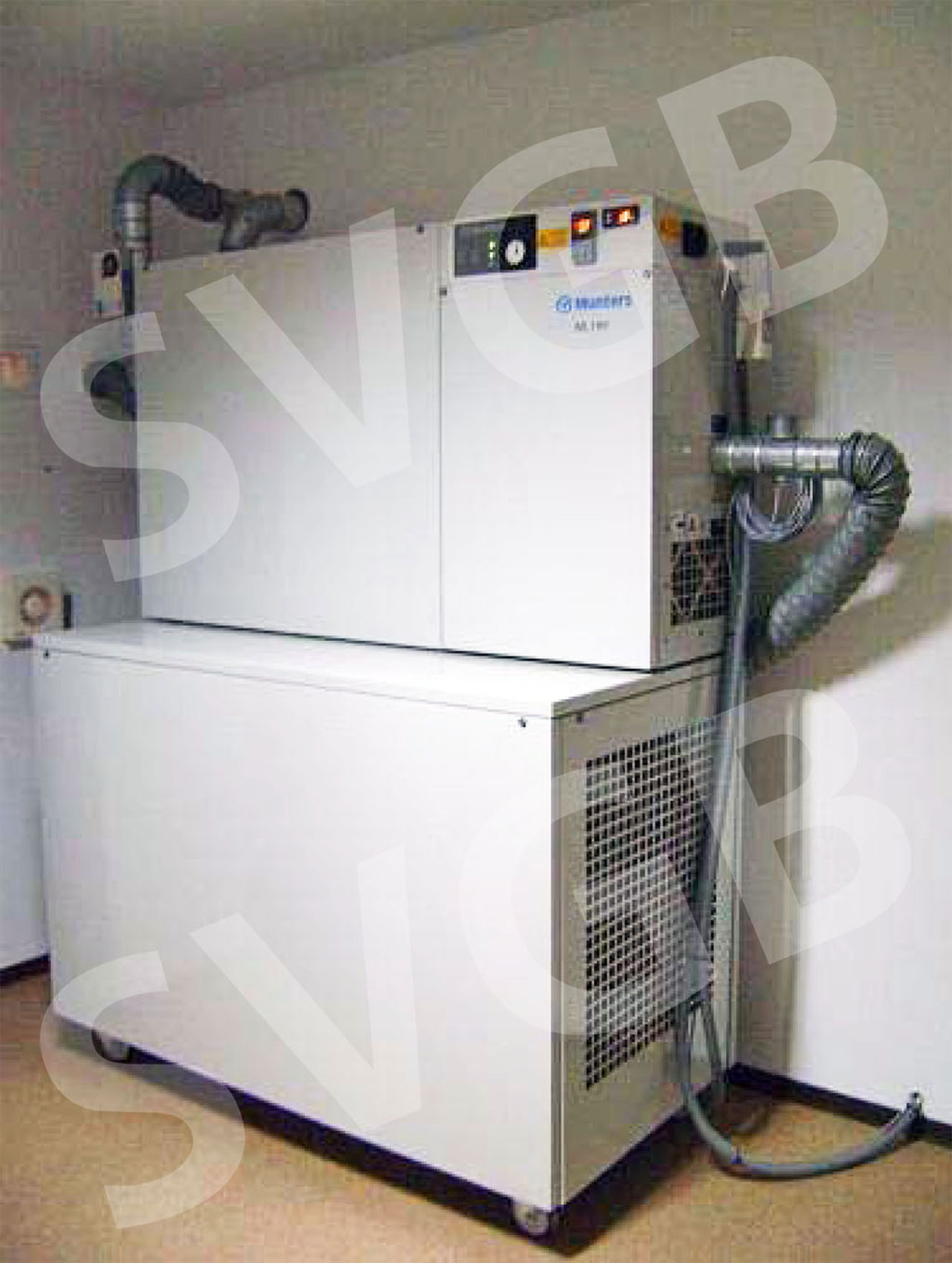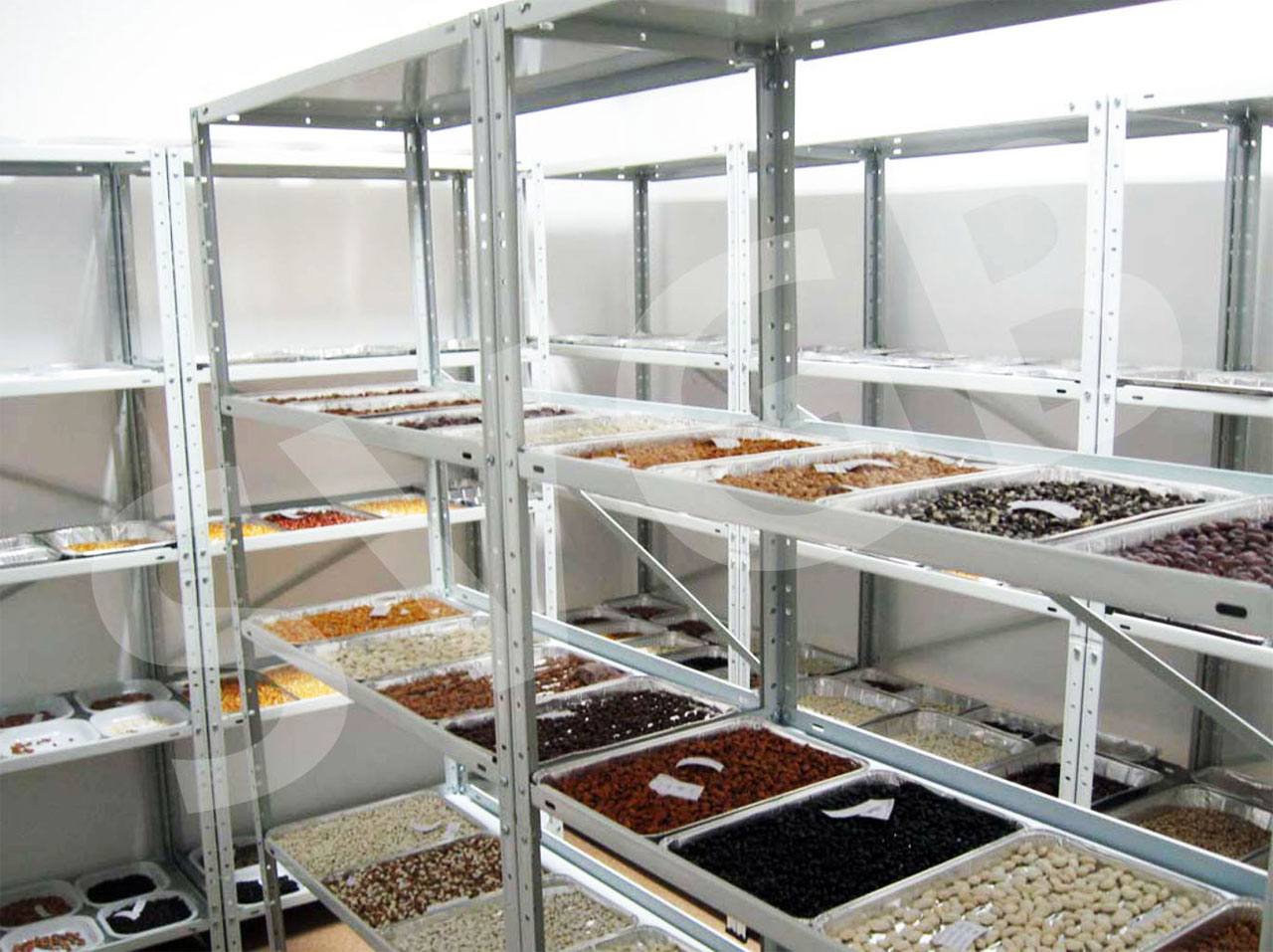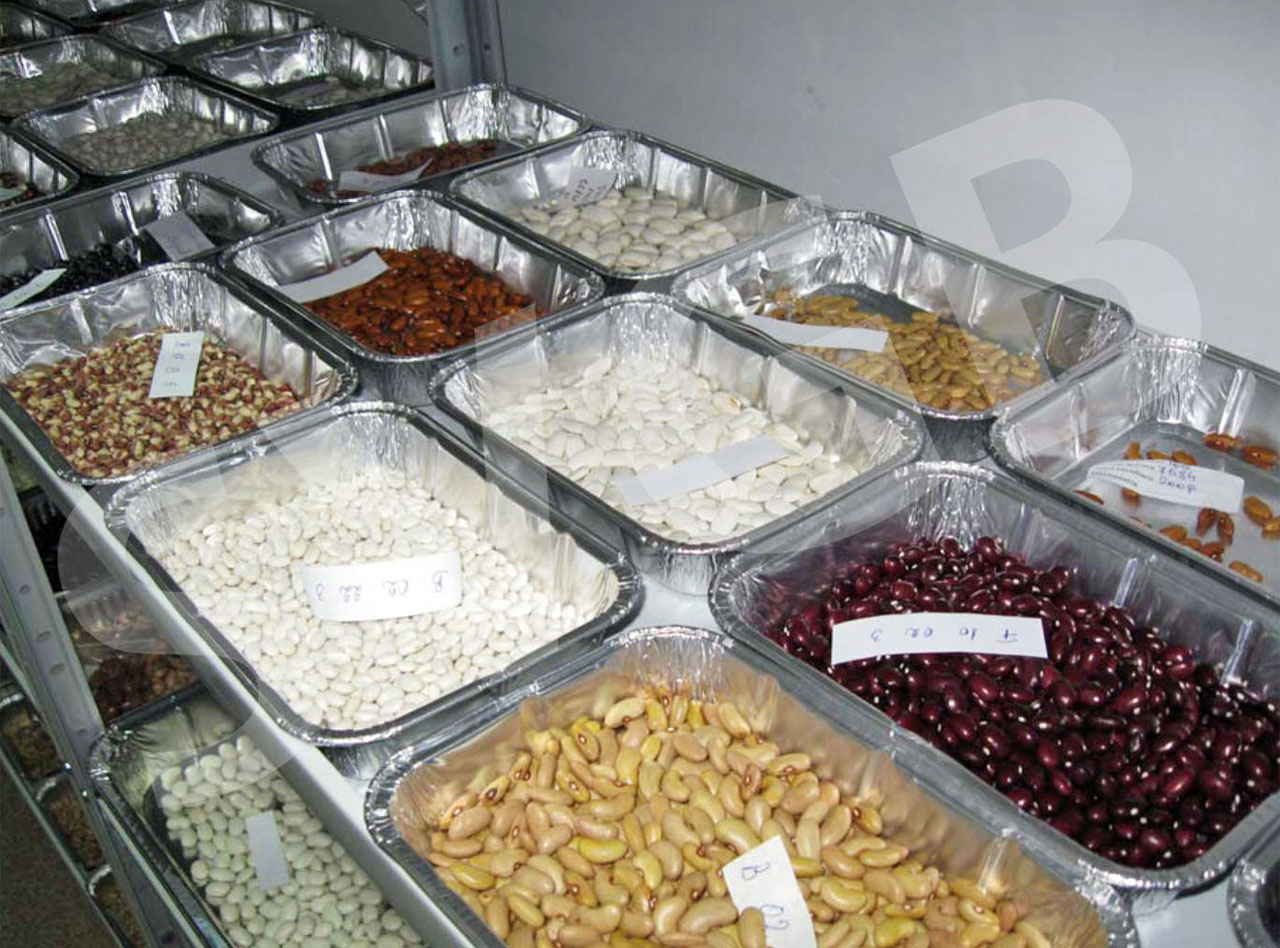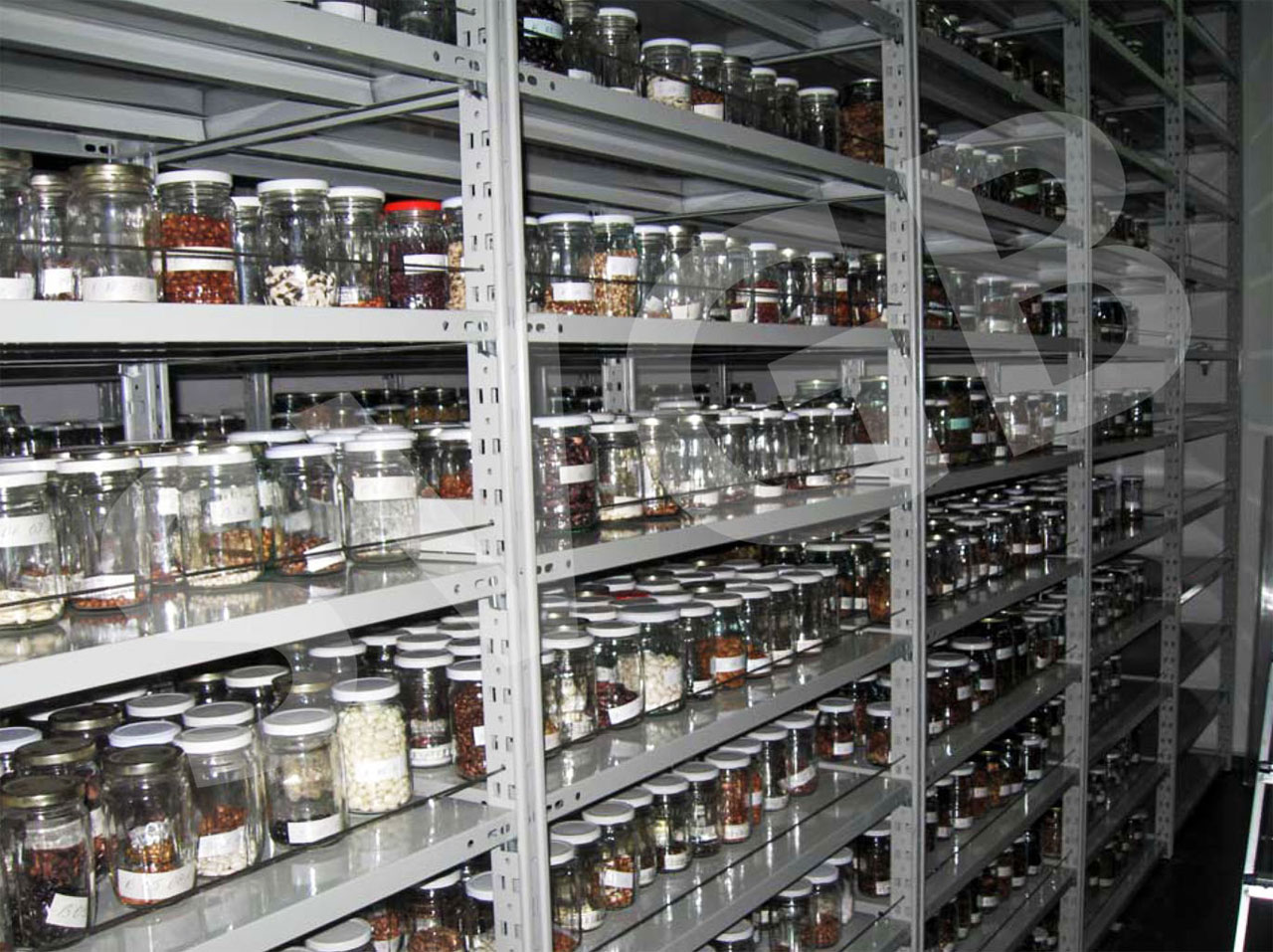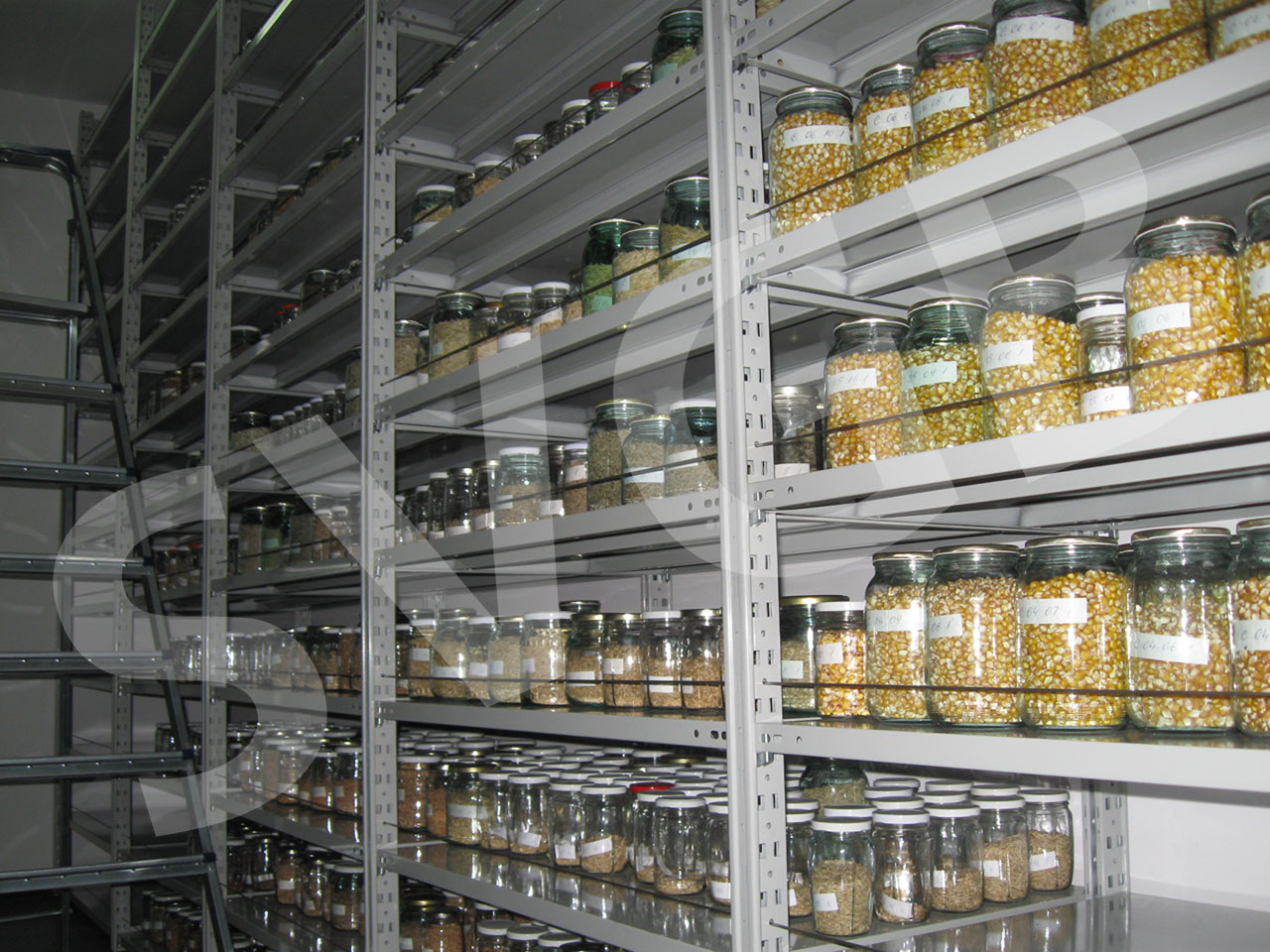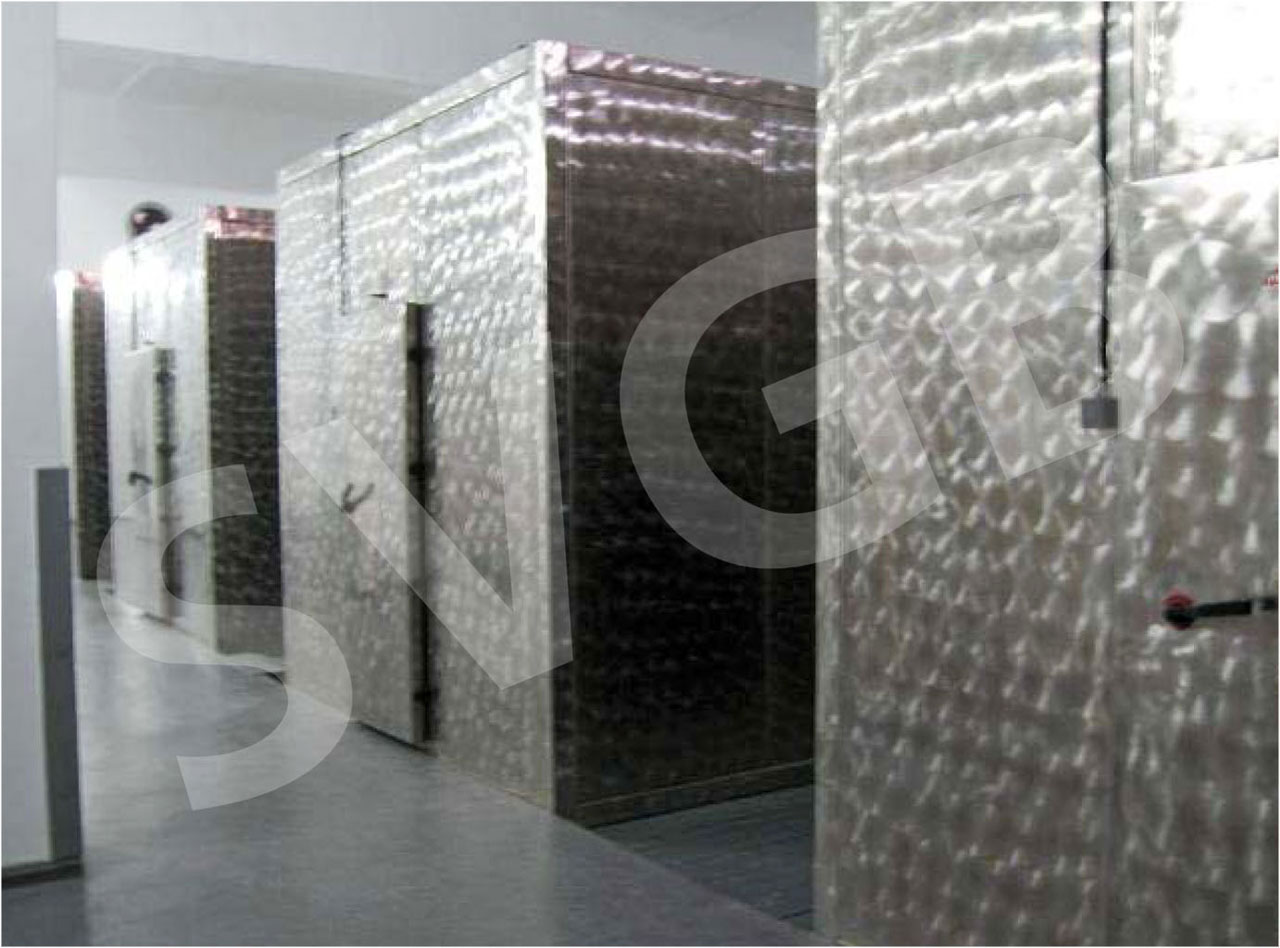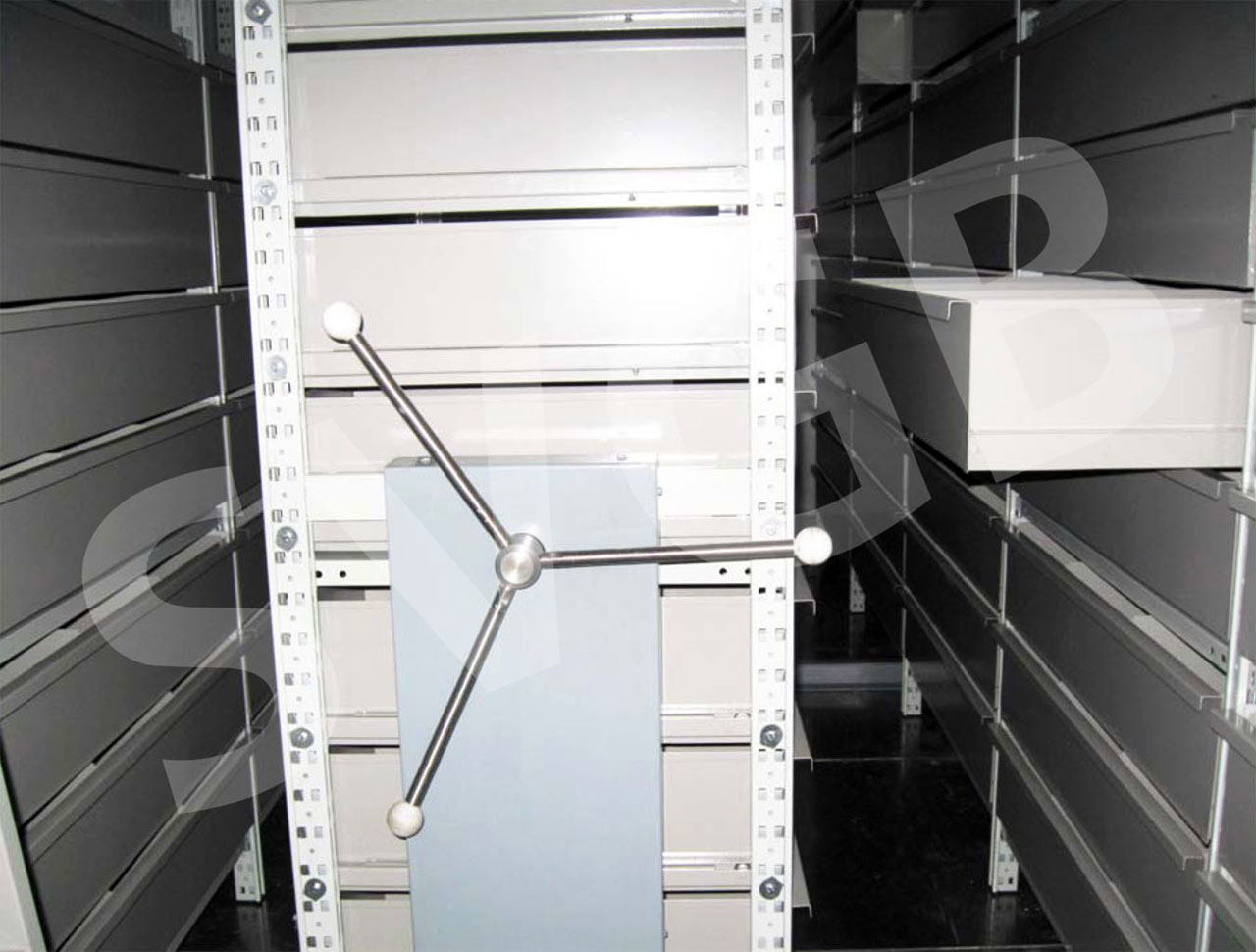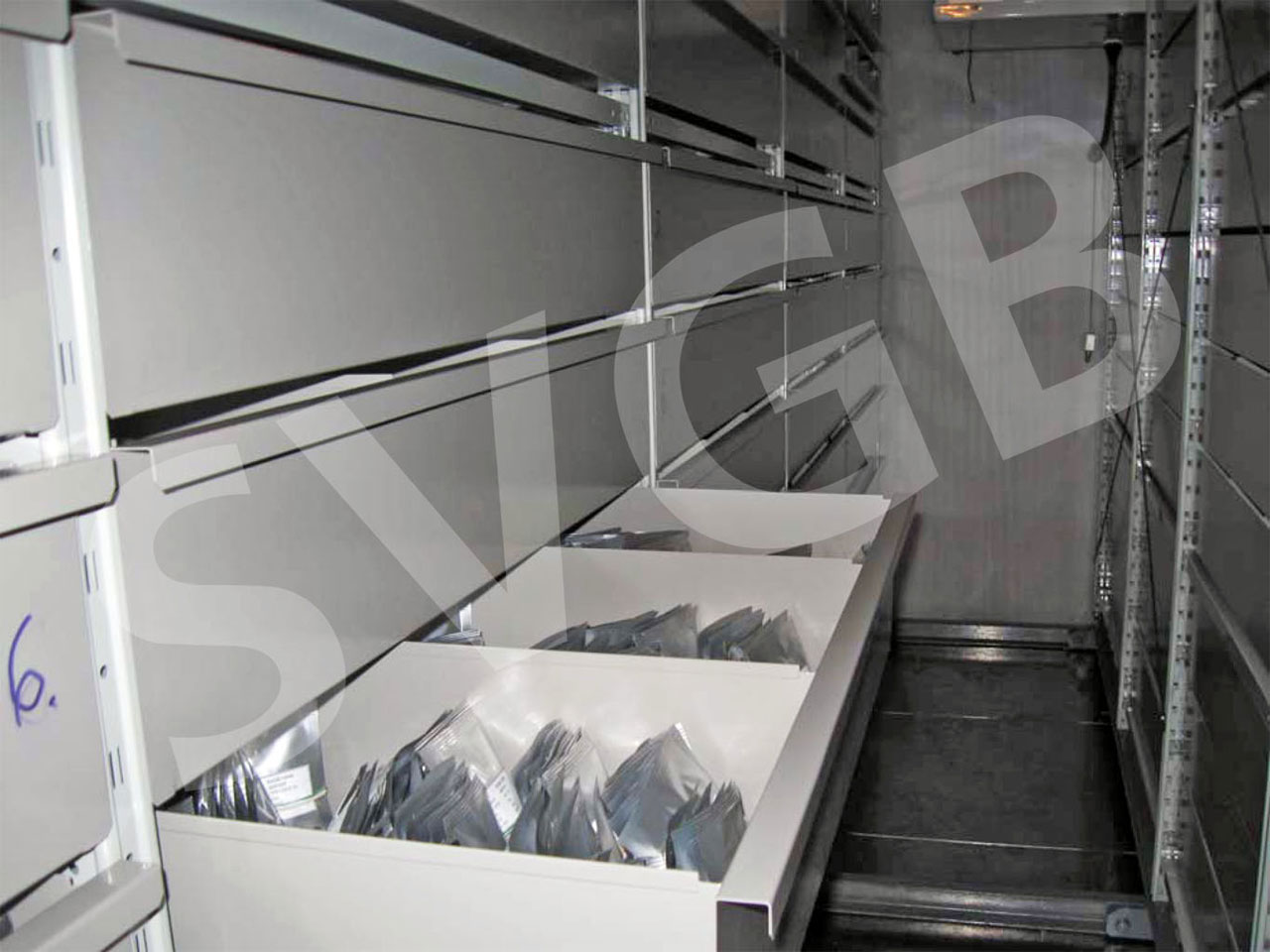The biological material placed in conservation comes from the following sources:
- collection;
- receiving from working collections of different institutions;
- exchanges with similar institutions worldwide;
Currently the Gene Bank has two types of collections:
- active (conservation for medium term, at +4°C), with over 17.800 accessions, and
- base (conservation for long period, at –20°C) with 4.560 accessions.
The best represented cultures from active collection are corn, bean, wheat, faba bean, oat, flax and barley. Among them, the collection of corn, with over 6,700 samples, in which more than 4,700 are old local populations, occupies the first place, not only numerically but also in terms of authenticity.
According to the biological status and origin of the samples, most of the active collection consists of local populations, followed by breeding material, modern cultivars and wild relatives of crop varieties.
A relatively small proportion (30%) of germplasm held in the Bank is duplicated in the collections of donor agricultural research institutes and stations, but, in general, they are not conserved in controlled storage conditions.
Seed samples from the active collection are free distributed to users (breeders, researchers, gene banks, botanical gardens or individuals interested in promoting conservation on farm or in the garden), based on the acceptance of terms and conditions contained in the two types of genetic material transfer agreement.
The use of seed samples for commercial purposes is not permitted.
The access to certain seed samples have to be approved by the donor.
Space and facilities for the preparation of seed sample preservation
3 working laboratories and 2 seed drying room equipped with:
- 2 seed dryers Munters, type ML 180;
- a device Precisa for checking the seed moisture content;
- oven;
- seed counter Sartorius;
- balances,
- sealing machine for aluminum foil bags.
|
|
Space for storage and parameters for seed preservation in the active collection::
- 4 functional rooms each of 23.5 mp
- storage temperature: +4°C;
- seed moisture content: 7-8%;
- package: glass jars of different capacity (200, 400, 800 and 1000 ml, according to the size and seed number);
- estimated life: 25 - 30 years.
Photo 4. Aspect from the conservation rooms of active collection | Photo 5. Aspect from the conservation rooms of active collection |
Space for storage and parameters for seed preservation in the base collection:
- 3 cells of 15.9 m. p. equipped with individual cooling systems;
- storage temperature: –20°C;
- seed moisture content: 3–5%;
- package: aluminum foil bags of different sizes;
- life expectancy: over 100 years.
Photo 6. Cells for the conservation of base collection |
Foto 7. Details within the cell | Foto 8. Details on the packaging and storage of samples |
Monitoring the viability:
- every five years for the samples in the active collection;
- every ten years for the samples in the base collection.
The seed moisture content and the viability is tested according to ISTA rules, adapted by the use of a smaller amounts of seed.



